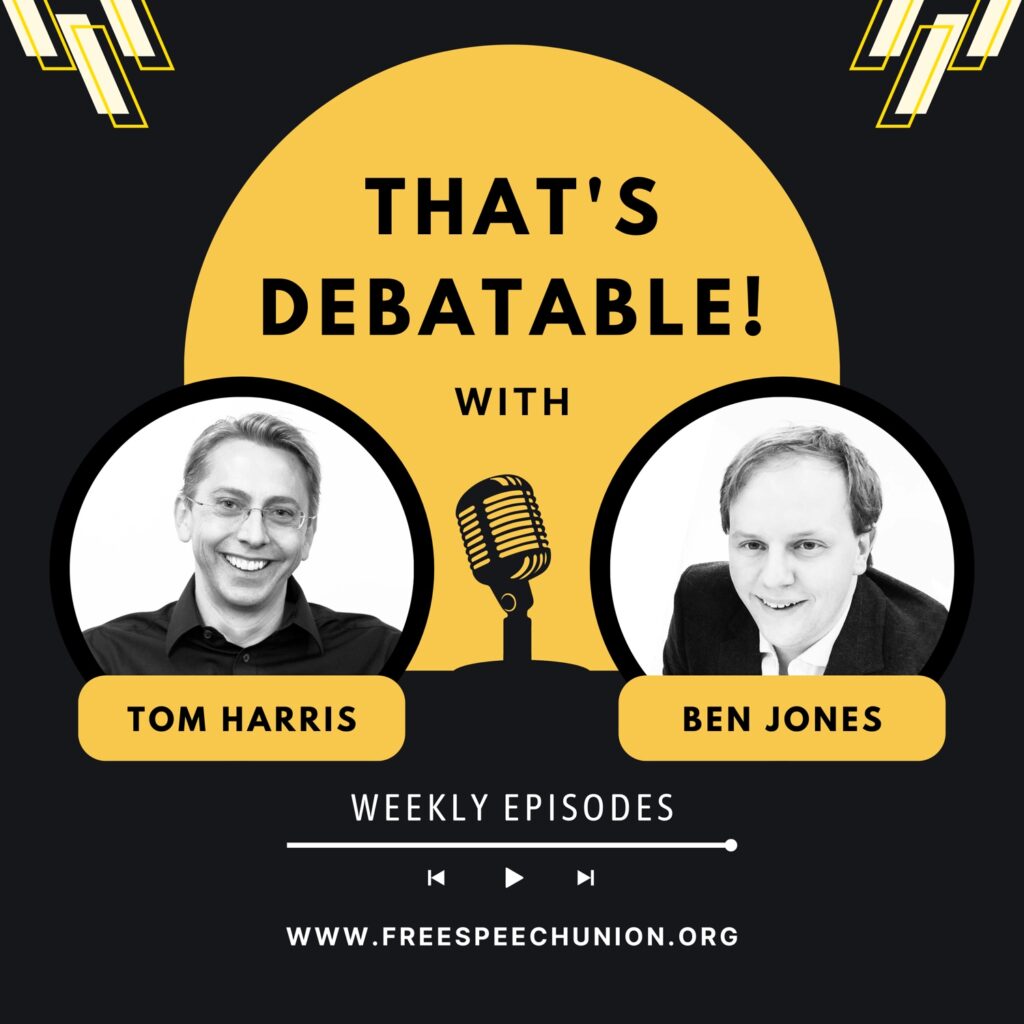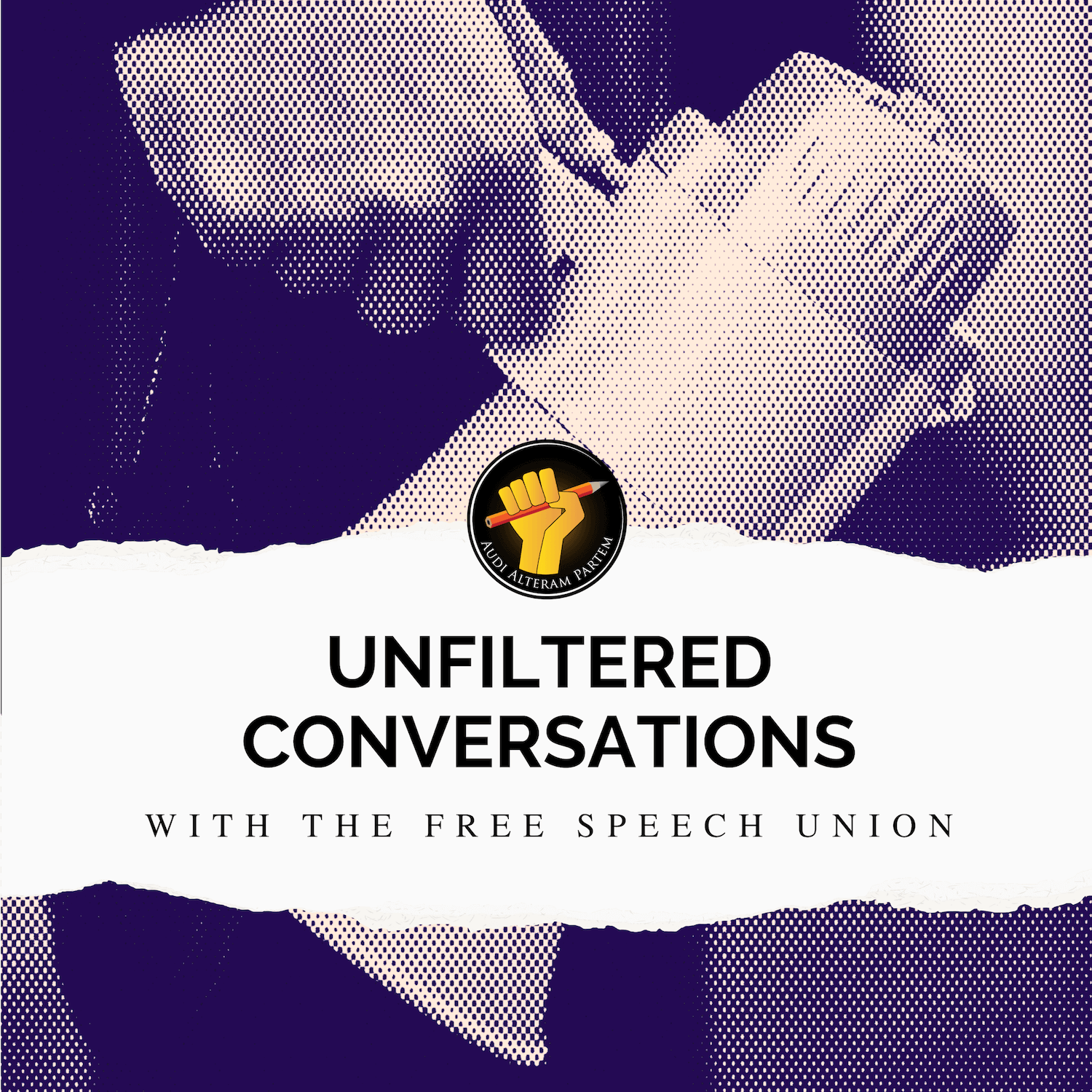FSU General Secretary Toby Young has written to the Leader of the House of Commons, Penny Mordaunt MP, asking her to withdraw her endorsement of a guide to conspiracy theories for MPs, prospective MPs and members of the House of Lords.
The controversial document was commissioned by Ms Mordaunt and the Shadow Leader of the House, Lucy Powell MP, and launched by them in the House of Commons on 9th May. It was then sent to every parliamentarian by Lord Mann of Holbeck Moore, the Government’s Independent Advisor on Antisemitism.
As Toby makes clear in his letter, the FSU shares the Government’s concern about the danger posed by antisemitic conspiracy theories to Britain’s Jewish community. But it is precisely because of the threat they represent that we should avoid conflating them with legitimate contributions to ongoing political debates or lumping them in with provisional explanations about why particular public policies are being rolled out – such as 15-minute cities – which may turn out to be true. If we do that, those who believe in antisemitic conspiracy theories, or have malevolent reasons for promoting them, can then point to these mistakes to undermine our efforts to debunk those theories.
In light of the document’s obvious flaws, Toby asks that Ms Mordaunt send a follow-up email to parliamentarians, withdrawing her endorsement of the guide and urging them to rely instead on a reliable resource with an impeccable 206-year history of providing impartial information: the House of Commons Library.
You can read Toby’s letter in full here.
The first and most obvious problem with Conspiracy Theories: A Guide for Members of Parliament and Candidates (the Guide) is that it makes no allowance for the fact that the difference between a ‘conspiracy theory’ and a perfectly legitimate theory is sometimes nothing more than the passage of time. This was eloquently expressed by the former Supreme Court judge Lord Sumption in an article for the Spectator:
All statements of fact or opinion are provisional. They reflect the current state of knowledge and experience. But knowledge and experience are not closed or immutable categories. They are inherently liable to change. Once upon a time, the scientific consensus was that the sun moved around the Earth and that blood did not circulate around the body. These propositions were refuted only because orthodoxy was challenged by people once thought to be dangerous heretics.
In this light, it’s interesting to note that the section of the Guide prepared by Full Fact on the conspiracy theories surrounding Covid-19 avoids any mention of one of the most well-known pandemic-era ‘conspiracy theories’, namely, the lab-leak hypothesis – that SARS-CoV-2 was created in a Chinese lab and then accidentally leaked.
The reason this isn’t mentioned, we suspect, is because it was identified as a ‘conspiracy’ in 2020 by none other than Full Fact, as well as the Institute for Strategic Dialogue (ISD), another of the Guide’s authors, and is now widely regarded as a plausible explanation for the virus’s origins.
A Full Fact report from October 2020 titled ‘Conspiracy Beliefs’ says: “The Covid-19 pandemic also brought its own suite of conspiracy theories. The claim that ‘SARS-Cov-2 was made in a lab’ was believed by 30% of respondents in the UK, and almost as many (29%) in the US.”
The Institute for Strategic Dialogue (ISD) took a similar line, describing the lab-leak hypothesis in a briefing paper from April 2020 as a “popular conspiracy theory” that had been “repeatedly highlighted” by “conservative media”.
The lab-leak theory is a good example of a fringe hypothesis that has become more mainstream as time has passed and more evidence has come to light. Last year, following 18 months of painstaking research and analysis, a US Senate Committee published a 304-page investigation into the matter and concluded: “The preponderance of circumstantial evidence supports an unintentional research-related incident…”
This is a good illustration of the point Lord Sumption was making about the danger of labelling any provisional hypothesis a ‘conspiracy theory’. Not only are the labellers at risk of being proved wrong, but when they are proved wrong as in this case – the lab-leak hypothesis clearly isn’t a ‘conspiracy theory’, even if it has not yet been proved true – it undermines trust in their future pronouncements. Avoiding this should be a priority for parliamentarians.
Even if the lab-leak hypothesis does turn out to be false, that still isn’t a good reason to dismiss it as a ‘conspiracy theory’. To quote Lord Sumption again, knowledge “advances by confronting contrary arguments, not by hiding them away” and “any system for regulating the expression of opinion or the transmission of information will end up by privileging the anodyne, the uncontroversial, the conventional and the officially approved”.
Another example of a ‘conspiracy theory’ which is, in fact, true – this one flagged up in the Guide – is the claim that George Soros has funded and continues to fund “anti-government protests”. This is labelled as “false” in the Guide and lumped in with genuine conspiracy theories in the section on antisemitism co-authored by the Community Security Trust (CST) and the Antisemitism Policy Trust (AST). A recent article in The Tablet about the funders of the pro-Palestinian encampments on American university campuses – by any measure, anti-government protests – included the fact that the encampment at Columbia University was organised by three groups, one of which, Jewish Voice for Peace, has “received at least $650,000 from various branches of George Soros’s philanthropic empire since 2017”.
The Guide also labels the claim that George Soros has funded the Black Lives Matter movement as a ‘conspiracy theory’. Again, not true. The Alliance for Global Justice, a left-wing group that put up bail for several jailed BLM activists, received a $250,000 donation from George Soros’s Foundation to Promote Open Society in 2020 that was, according to tax forms, designated to “catalyze Black communities into the global movement for climate justice”.
This bundling together of false and pernicious claims about the role of Jewish billionaires in fomenting global unrest with well-evidenced claims about George Soros’s role in funding various protest movements can only undermine the Guide’s attempt to discredit genuine antisemitic conspiracy theories.
More generally, for Parliamentarians to dismiss legitimate contributions to debates that they disagree with by labelling them ‘conspiracy theories’, or by accusing their colleagues of trafficking in ‘disinformation’ or ‘misinformation’, is an unhelpful way to promote public understanding of a complicated topic, such as the pro-Palestinian encampments on British university campuses. If parliamentarians have good reasons to believe that a particular point of view is false or misguided, such as evidence to the contrary, then they should set out those reasons in parliamentary debates.
As the Supreme Court Justice Louis Brandies said almost 100 years ago about attempts to suppress false information:
If there be time to expose through discussion, the falsehoods and fallacies, to avert the evil by the processes of education, the remedy to be applied is more speech, not enforced silence.






